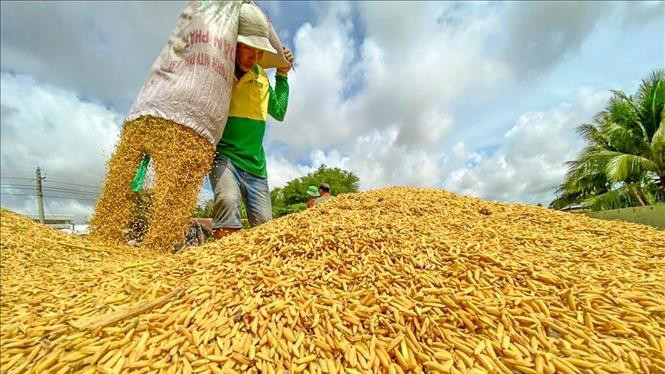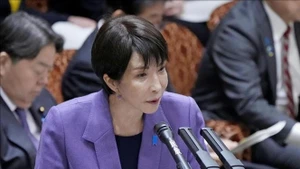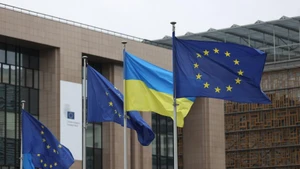In a recently released report, the Food and Agriculture Organization of the United Nations (FAO) said that the rice price index in July increased by 2.8% to 129.7 points, reaching the highest level since September 2011. It is worrisome that rice prices are forecast to continue to escalate. According to the Thai Rice Exporters Association, the market volatile could last until the end of 2023.
Professor emeritus at Harvard University Peter Timmer said that rice prices will continue to advance in the next 6 to 12 months. However, whether the growth rate will be slow or skyrocket is still an open question.
Analysts said that one of the main reasons for the price hike was due to India’s ban on the export of non-basmati white rice in late July. New Delhi insists the ban is aimed at stabilising prices and preventing the risk of food shortages due to the harsh climate.
India’s latest ban is similar to the restrictions it imposed in the 2007-2008 period, but the impact on global supply and prices could be more profound, experts say. India’s rice now accounts for more than 40% of the global rice trade while the rate 15 years ago was 22%.
Last year, India exported 22 million tonnes of rice to 140 countries across the world. Therefore, the new move of the world’s largest rice exporter has immediately shaken the global market, pushing rice prices up by about 20% compared to the level before the ban.
Furthermore, extreme weather has also seriously affected production activities in the world’s leading rice granaries. This year, the rainy season in India started late with irregular and unevenly distributed rainfall, hindering the activities of farmers. It is estimated that the rice cultivation area in India is 6% lower than the same period in 2022. In Indonesia, farmers in rice-producing regions are turning to maize and cabbage farming in anticipation of drought.
Thailand, the world’s second largest rice exporter, is seeing low rainfall this year, while also preparing for a possible drought in 2024 due to the influence of El Nino. The Thailand Royal Irrigation Department said that this year’s rainfall will be lower than the average over the past 30 years. Water levels in the main dams are down by about 50% from 2022 levels. In this context, the Thai government is encouraging farmers to reduce the rice cultivation area to switch to other crops to adapt to low rainfall conditions.
Many experts said that the high price of rice leads to unpredictable consequences. Joe Glauber, a Senior Research Fellow in the Markets, Trade, and Institutions Unit at the International Food Policy Research Institute, affirmed that the poor are the most vulnerable to food price shocks and that high rice prices affect the diets of billions of people in Asia and Africa, where rice is a staple food.
Meanwhile, FAO expert Shirley Mustafa said many needy people may have to reduce their daily food intake, switch to poorer alternatives, or reduce spending on other necessities.
Rising prices and declining supply raise the risk of a new wave of trade protectionism, as governments strengthen export controls to secure food stocks. Right after India introduced the ban, the United Arab Emirates (UAE) also imposed a ban on exporting and re-exporting rice for four months, while Russia announced the halt of raw rice exports and processed rice until the end of the year to support the domestic market.
New records of rice prices are putting strong pressure on the global food system, which is seriously out of balance. According to the United Nations, more than 780 million people around the world are suffering from food shortages. This number is likely to soar even higher as a result of supply disruptions and rice price fever.
















